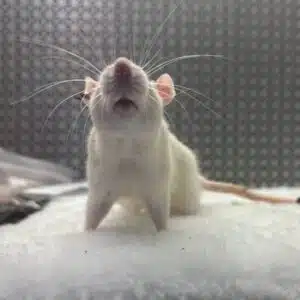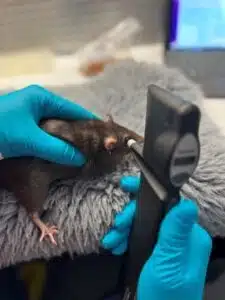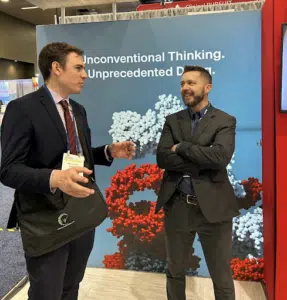
Spanning anterior to posterior disease models, we can assist! Our core business has been rooted in ophthalmic pharmacology for over 10-years. Our scientific staff is standing by to assist with developing your investigational product.
Custom Models
We work collaboratively with our clients to develop and validate new models and analytical endpoints.
Ocular PK/PD Services
Perform ocular PK/PD studies in a variety of species spanning anterior or posterior applications.
Featured Capabilities
Our preclinical ophthalmic research team utilizes industry-best equipment to conduct studies. Quality equipment for quality results.
Track retinal disease progression using superior image quality with SD-OCT. More accurate measurements means clearer characterization of pathogenesis in our disease models.
Obtain high definition images in anterior and posterior segment disease models to better inform pathogenesis and therapeutic response. Our automated scoring algorithms provide robust, quantitative read-outs.
Microinfusion pumps and micromanipulator devices for rodents provide accurate, efficient, and proficient drug delivery. Available administration modalities include intravitreal, subretinal, intracameral, suprachoroidal, and topical.
We perform complex dissection for all ocular tissues. From flat-mounts to whole eye collections, we provide H&E, IHC, and IF processing, flow cytometry, ELISA, western-blot, and mass spectrometry.
Evaluate the preservation or restoration of ocular function with high quality ERGs. This powerful technique tests retinal function in response to electrical impulses.
We provide clear and consistent fluorescent angiograms and fundus autofluorescence measurements for a variety of different ocular models. Quantitation using automated scoring is also available.
IOP measurements can be compromised by external effects, leading to false readings. Our positive reinforcement training (PRT) ensures study animals are stress free to provide reliability and consistency in our measurements.
Your Results Await
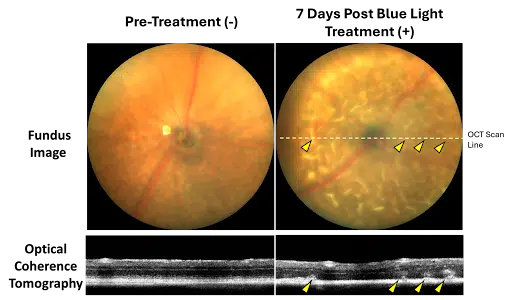
This featured Stargardt disease research model utilizes the ABCA4-/- transgenic knockout mouse for testing gene therapy and other investigational products for Stargardt disease and dry age-related macular degeneration. Blue light illumination in the ABCA4-/- strain activates reactive lipofuscin fluorophores and induces retinal lesions, which can be measured by fundus imaging, OCT, and histology. Functional impairment by ERG is also observed. This model is ideal for interventions aimed at directly or indirectly reducing lipofuscin burden or cytoprotective interventions intended to preserve RPE and photoreceptor structure and function.
Endpoints with Goals in Mind
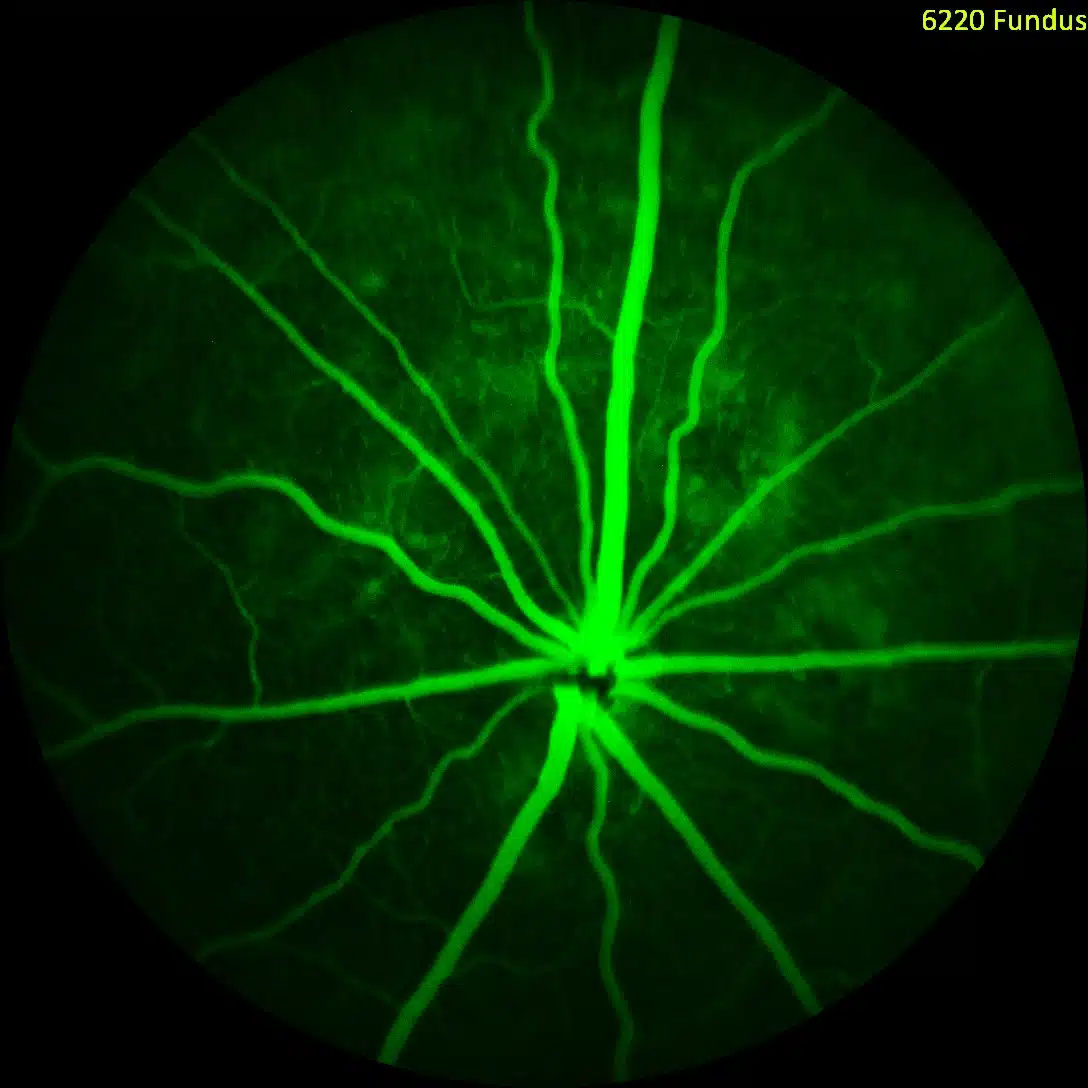
Advanced Imaging in CNV Model
We utilize state-of-the-art imaging modalities to provide the most robust data sets in support of client projects. If a picture is worth 1,000 words our data speaks volumes.

Histology for Target Engagement
We do not stop just at efficacy endpoints. Confirmation of target engagement and a clear understanding of mechanism of action inform downstream product development.
Capabilities and Services Summary
Frequently Asked Questions
Answers to some of the most common questions about preclinical ophthalmic research service offerings.
In vivo models allow for the assessment of investigational product safety and efficacy before moving into human clinical trials. In vivo models can also be used to study the onset and progression of a disease state in a living organism.
We offer in vivo models for most common ocular disorders. Looking for something uncommon? We can partner with your organization to onboard and validate new or rare in vivo models to support your preclinical ophthalmic research program.
Yes. In vivo models enable the testing of therapeutics for a wide variety of different properties, including safety and efficacy as well as pharmacokinetic and pharmacodynamic properties.
